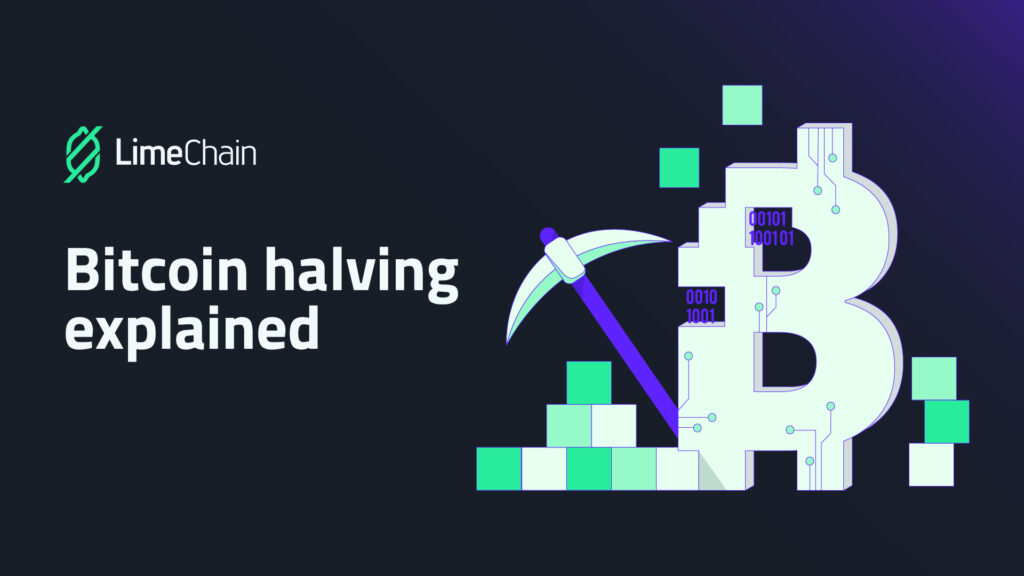

As April rolls on, we’re now only a few days away from the next Bitcoin halving. The latest slashing of Bitcoin mining rewards is currently expected to take place around April 20, though the timeframe is subject to change – we’ll see why that is in a bit. By now the Web3 industry has become quite familiar with these events, but newcomers and people outside the sector might be wondering why it’s such a big deal. Well, let’s investigate!
What is Bitcoin halving?
For such a significant and impactful event, it’s a remarkably straightforward affair pertaining to the periodic reduction of Bitcoin mining rewards. A bit of context is in order.
New BTC is created as rewards to miners for adding new blocks to the Bitcoin ledger and the total amount of BTC that can ever be in existence is capped at 21 million. But then we have the Bitcoin halving mechanism, which periodically slashes the rewards for block creation by 50%. Combined with the BTC supply cap, the halving mechanism determines the nature of Bitcoin as a deflationary cryptocurrency.
It is commonly accepted that a Bitcoin halving occurs once every four years, but that’s not entirely accurate, as the length of a halving cycle is measured in blocks mined (created) rather than days or years. On that scale, a BTC halving occurs after every 210,000 blocks mined, which takes around four years. The timeframe can vary due to Bitcoin’s dynamic mining difficulty mechanism. As of April 12, there were just over 1,100 blocks to go.
The first Bitcoin halving took place on Nov 28, 2012, slashing the mining rewards to 25 BTC per new block. We’ve had two more reductions since then, with this next one expected to further lower the rewards to 3.125 BTC per new block.
Why is Bitcoin halving important?
The question is why bother? Why implement a halving mechanism at all? Well, it actually serves an important purpose.
Its primary function is to prevent devaluation of BTC due to oversupply. Halvings limit the supply of new BTC and increase its rarity. This, combined with the maximum cap on BTC supply, underpins Bitcoin’s role as a digital store of value.
Bitcoin halving is also an important driver of mining innovation. Because the rewards are getting smaller, there is a constant need for better, more efficient equipment to keep the mining process economically sustainable. Better equipment can also lead to improvements in other areas such as the network’s energy efficiency.
Is there any downside to Bitcoin halvings?
Bitcoin halvings are generally seen as positive events for the Bitcoin ecosystem and the broader Web3 industry. They generate a lot of buzz and excitement in the Web3 community and, historically, have been significant drivers of positive market sentiment. But it can be argued that the mechanism has the unfortunate side effect of pricing out individual miners.
Of course, even without the halvings, the big players are bound to be in a much more favorable position. After all, in a system where the participants constantly compete to perform calculations, the ones that control more computational power – or to put it in Web3 terms, hashrate – are likely to come on top more often than not. But smaller rewards make mining even less economically viable for individual miners, especially considering the expensive equipment that they need just to stay somewhat competitive.
Beyond Bitcoin
Even without considering its effect on market sentiment, the impact of Bitcoin halving on the larger Web3 ecosystem has been considerable. Being the original blockchain protocol, Bitcoin has paved the way for the rest of the industry. It is a case study in driving network participation and self-regulation through economic incentives. It provided a blueprint for a tokenomics model that subsequent blockchain networks could replicate verbatim, improve upon or even dismiss completely as they explored alternative approaches.
Bitcoin halving is an important part of that model and is set to remain such for a very long time, as the last bit of BTC is expected to be mined around 2140. It’s a long journey, but the next major milestone is now just a few pesky blocks away.
